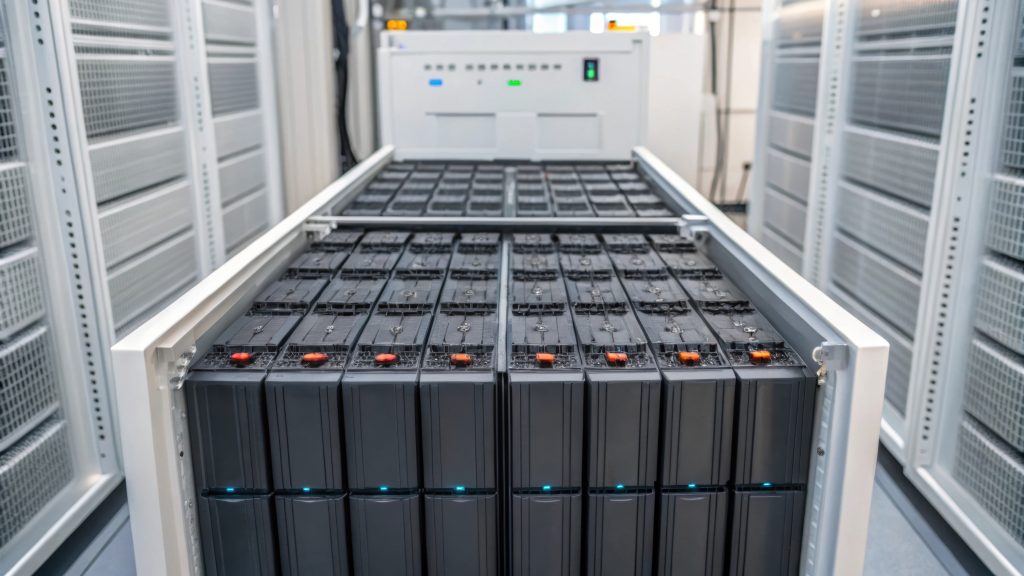Chinese scientists have announced a significant advancement in redox flow battery (RFB) technology, achieving an energy efficiency of 87.9% and a lifespan of 850 cycles. This development addresses longstanding challenges in the performance and durability of RFBs, which are crucial for large-scale energy storage solutions.
The research team focused on enhancing the catalytic electrode by utilizing thin nanosheets augmented with cobalt atoms and sulfur vacancies. This novel material composition improves the electrochemical reactions within the battery, leading to higher efficiency and extended operational life.
Redox flow batteries operate by storing energy in liquid electrolytes contained in external tanks, which are circulated through a cell stack during charging and discharging cycles. Their design allows for scalability and long-duration energy storage, making them suitable for integrating renewable energy sources like solar and wind into the power grid.
This breakthrough positions redox flow batteries as a more viable option for grid-scale energy storage, potentially reducing reliance on traditional lithium-ion batteries and contributing to a more sustainable energy infrastructure.




